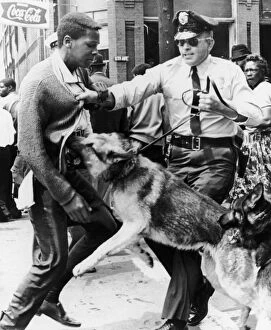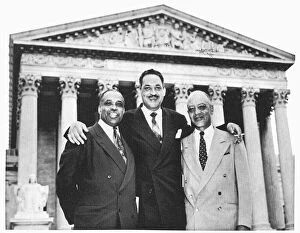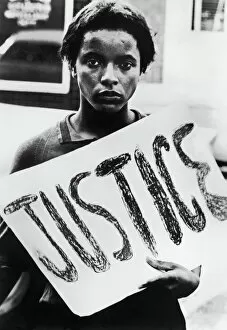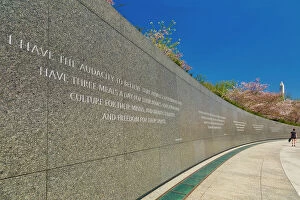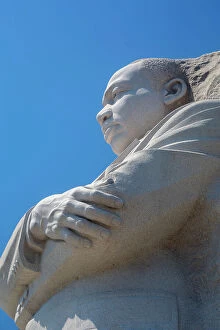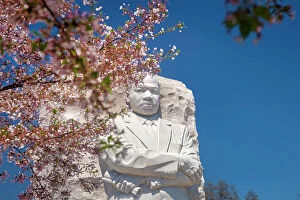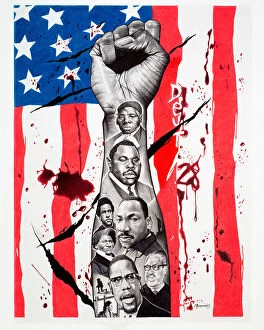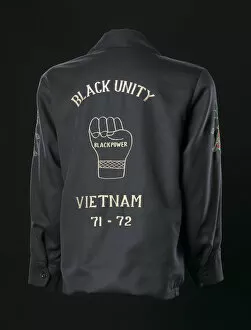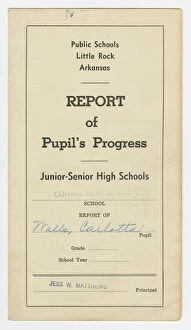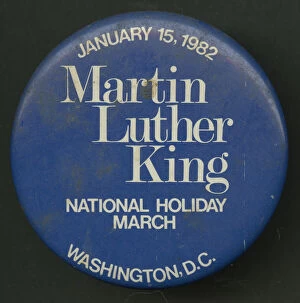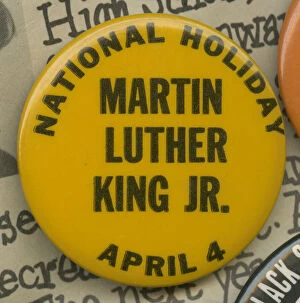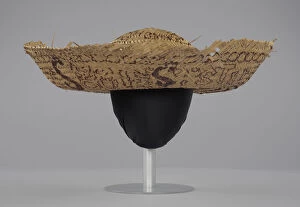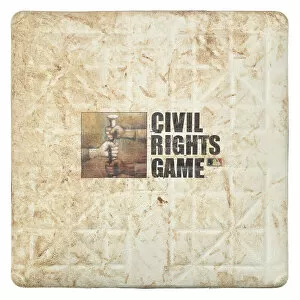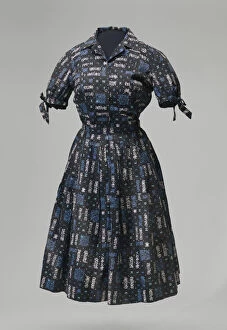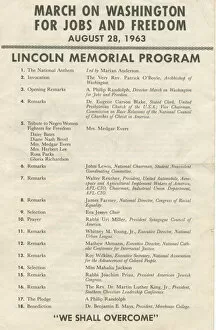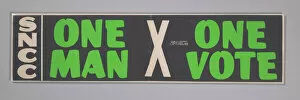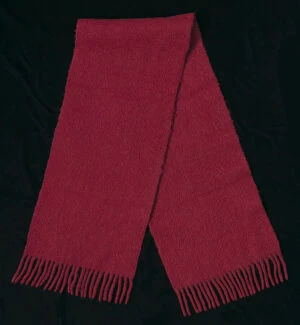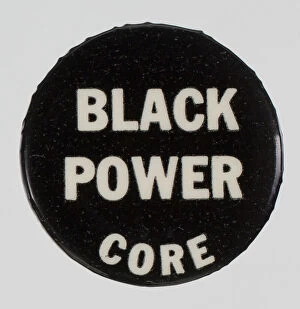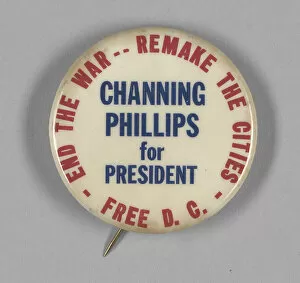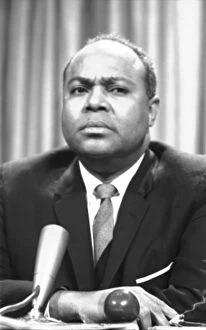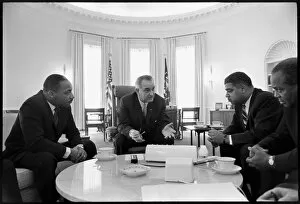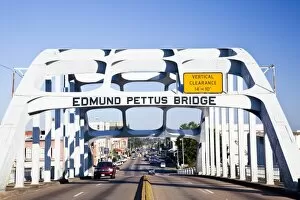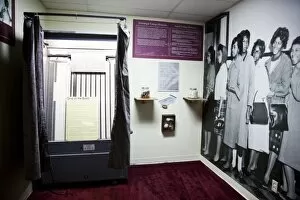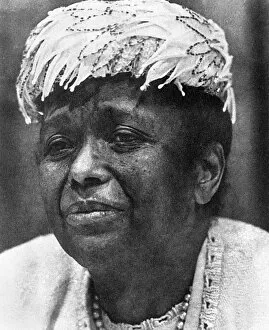Civil Rights Movement Collection
The civil rights movement was a pivotal moment in American history, marked by both triumphs and tragedies
For sale as Licensed Images
Choose your image, Select your licence and Download the media
The civil rights movement was a pivotal moment in American history, marked by both triumphs and tragedies. In the spring of 1963, during the Youth Mass Demonstration in Birmingham, Alabama, a powerful image emerged - a police dog viciously attacking a young black man. This haunting photograph served as a stark reminder of the brutality faced by African Americans striving for equality. However, amidst these struggles, there were moments of victory that fueled hope for change. On May 17th, 1954, attorneys George E. C. Hayes, Thurgood Marshall, and James Nabrit Jr. , celebrated their landmark win in the Brown vs. Board of Education case at the Supreme Court in Washington D. C. This ruling declared segregation unconstitutional and laid the foundation for desegregation efforts across the nation. Throughout this turbulent era, protests became an essential tool to demand justice and integration. In August 1961, Monroe, North Carolina witnessed one such protest captured by photographer Delcan Haun - an image that encapsulated defiance against racial discrimination. The it also saw tragic incidents that ignited outrage within communities. The fatal shooting of Harlem resident James Powell by NYPD Lieutenant Gilligan in 1964 sparked riots throughout Harlem streets as protesters carried pictures of Lt. Gilligan to express their anger and frustration. Ida B. Wells Barnett played an influential role during this time as she fearlessly fought against lynching through her journalism and activism work around 1893 – her sepia-toned portrait serves as a testament to her unwavering dedication towards justice. Symbols like pinback buttons became powerful tools for mobilization and unity among activists during this period; from promoting marches on Washington to advocating for Malcolm X's message or celebrating Martin Luther King Day – these buttons conveyed solidarity with impactful messages. As America grappled with its own internal conflicts during the Vietnam War era (1971-1972), Black Power embroidery adorned jackets worn by soldiers, reflecting the intersection of civil rights and anti-war movements.

